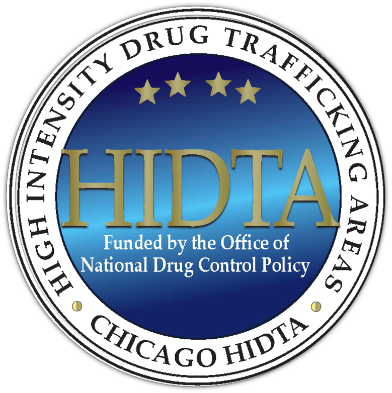High Intensity Drug Trafficking Areas (HIDTA) The High Intensity Drug Trafficking Areas (HIDTA) program, created by Congress with the Anti- Drug Abuse Act of 1988, provides High Intensity Drug Trafficking Areas (HIDTA) The High Intensity Drug Trafficking Areas (HIDTA) program, created by Congress with the Anti-Drug Abuse Act of 1988, provides assistance to Federal, state, local, and tribal law enforcement agencies operating in areas determined to be critical drug-trafficking regions of the United States. This grant program is administered by the Office of National Drug Control Policy (ONDCP).
HIDTA


About ONDCP
A component of the Executive Office of the President, ONDCP was created by the Anti-Drug Abuse Act of 1988. ONDCP advises the President on drug-control issues, coordinates drug-control activities and related funding across the Federal government, and produces the annual National Drug Control Strategy, which outlines Administration efforts to reduce illicit drug use, manufacturing and trafficking, drug-related crime and violence, and drug-related health consequences.
Home / About ONDCP

Preventing youth substance use is critical to ending the drug crisis in America. The Drug-Free Communities (DFC) Support Program is the nation’s leading effort to mobilize communities to prevent and reduce substance abuse among youth. Created in 1997 by the Drug-Free Communities Act, administered by the White House Office of National Drug Control Policy (ONDCP), and now managed by CDC, the DFC Program provides grants to community coalitions to strengthen the infrastructure among local partners to create and sustain a reduction in local youth substance use.

